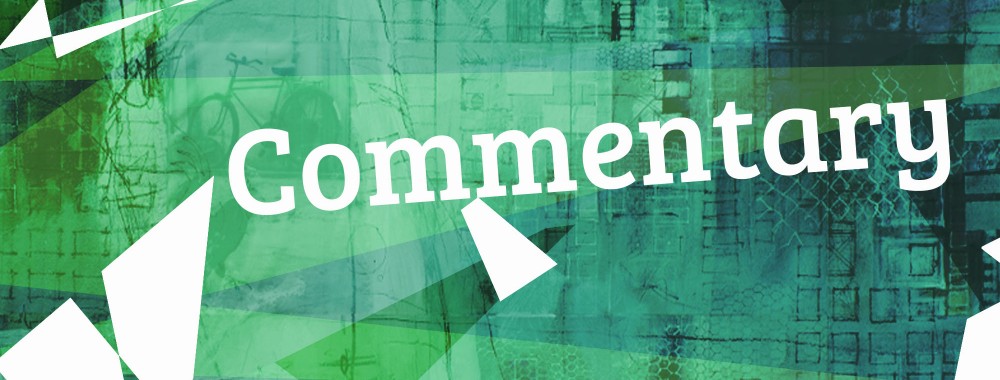Deah Shaddy Barakat, Yusor Mohammad Abu-Salha, and Razan Mohammad Abu-Salha were brutally murdered on February 10 in Chapel Hill, North Carolina. Craig Stephen Hicks, a white atheist, confessed and turned himself in that same night. However, unlike with the Charlie Hebdo attacks, the media reaction to these murders has been subdued. This silence contributes to a culture that holds Muslims to a different standard.
Hicks’ Facebook page points to some important aspects of his life, which multiple news sources think may help explain his motivations. According to his page, Hicks is an anti-theist, and ‘likes’ the TV show The Atheist Experience, as well as Richard Dawkins’s book The God Delusion. In addition, there is a post of a picture of a gun, with the caption, “Yes, that is 1 pound 5.1 ounces for my loaded 38 revolver, its holster, and five extra rounds in a speedloader.” News outlets have been careful not to jump to conclusions, but many suspect his anti-religion agenda as a motivation. After all, Hicks is a self-proclaimed anti-theist and the three students killed were practicing Muslims.
When news of the shooting first hit Twitter, many tweeted that no mainstream media outlets reported on the event. The shooting took place at approximately 5 p.m. on February 10, and while small local sources managed to report on the event in just a few hours, larger news sources, such as CNN, took nearly twelve hours to publish an article.
It’s as if the media was hesitant to jump to conclusions with Chapel Hill because of the religion and skin colour of the shooter.
While mainstream media stayed relatively silent about the attack, on Twitter, people argued that this attack had everything to do with the students being Muslim, and that this was just one of many Islamophobic attacks that take place constantly. Indeed, what separates the Charlie Hebdo murders from the Chapel Hill ones is that in the first, the shooters were Muslim people of colour, whereas in the second, the shooter was a white atheist. It’s as if the media was hesitant to jump to conclusions with Chapel Hill because of the religion and skin colour of the shooter.
In contrast to Chapel Hill, emotional reactions to the Charlie Hebdo came immediately, and from all around the world. Everyone’s social media feeds were awash with posts expressing remorse and disgust. Equally immediate, however, was the Islamophobic backlash. Hate speech was rampant, as were actual acts of violence, such as firebombs and pig heads thrown at mosques and kebab shops. And while anger at the killing of the cartoonists is justified, violence is not.
What’s more, the attacks and threats to Muslims after the Charlie Hebdo shooting had nothing to do with the killers as individuals, they were directed toward their religion – Islam. By comparison, atheists did not start fearing for their lives after the Chapel Hill attacks. It seems that people are prepared to consider Hicks’ act an individual one because he’s white, and not a Muslim.
There is more evidence than necessary to show that Islamophobia is real and alive in our communities, yet it disappears completely in the whitewash of mainstream media.
Muslims face daily racism at an increasing rate, and this has to do with a culture that treats white, non-Muslims differently. Following the Charlie Hebdo attack and the Sydney hostage crisis (both of which took place in the past few months), Muslim communities around the world saw an onslaught of Islamophobic attacks on both their property and lives. There is more evidence than necessary to show that Islamophobia is real and alive in our communities, yet it disappears completely in the whitewash of mainstream media.
The media routinely neglects Muslims, and by refusing to denounce Islamophobia where it occurs, it contributes to the problem. The anti-Islam advertisements plastered on the sides of San Francisco public buses by the American Freedom Defense Initiative just days after the Charlie Hebdo attack is one example of this. This is hate speech, but it’s often defended on ‘free speech’ grounds. Many of Charlie Hebdo’s own cartoons were defended in this way, despite the fact that they directly insulted the faith of Muslim people. But when it comes to Hicks, many people have trouble applying the same rhetoric. The attack is dismissed as “an ongoing neighbor dispute over parking, rather than a hate crime,” as it was described by an article on the Independent.
Many are quick to use the words ‘terrorist’ and ‘extremist’ when the shooter is a Muslim person of colour, but are much more hesitant to make such claims when the shooter is white, regardless of religion. When terrorists are white, people tend to claim that they are ‘troubled,’ or something equally disconnected from the truth. Of course, we still know little about Hicks, and I’m not suggesting people jump to conclusions. I’m merely pointing out that we jump to conclusions much more quickly when the suspect is Muslim.
Many are quick to use the words ‘terrorist’ and ‘extremist’ when the shooter is a Muslim person of colour, but are much more hesitant to make such claims when the shooter is white, regardless of religion.
Muslims and non-Muslims alike have decried the murders of Deah, Yusor, and Razan; however, mainstream media has yet to call the Chapel Hill attack a hate crime. In this sense, media commentary adds to the growing racism and Islamophobia in our communities. Advertisements such as those seen in San Francisco, or films such as American Sniper, are yet further examples of anti-Arab and Islamophobic sentiments.
We must recognize that Hicks and other people attacking Muslims and their communities fall into the same ‘extremists with guns’ category as those responsible for the Charlie Hebdo murders. By refusing to recognize this publicly, we are setting different standards for Muslims and non-Muslims. This is Islamophobia, and it needs to stop.
Angelina Smolynec is a U1 Political Science student minoring in Communication Studies. To reach her, please email angelina_smolynec@hotmail.com.
